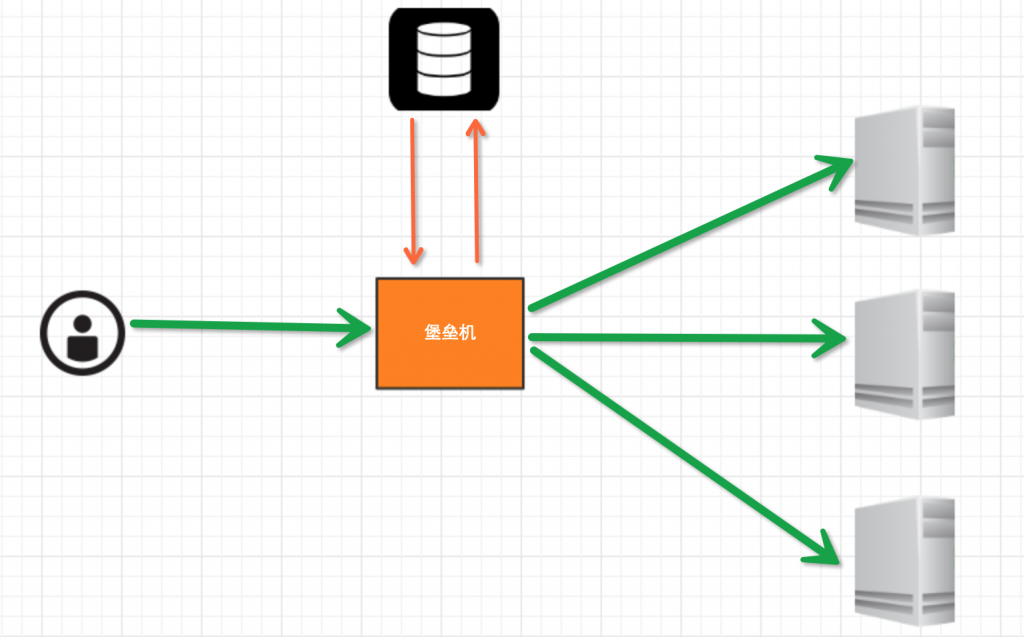春天来了!你看,融化的冰水把小溪弄醒了。 "丁粳、丁粳 ",它就像大自然的神奇歌手,唱着清脆悦耳的歌,向前奔流……
如下所示:
#coding=utf-8
#布局自定义尺寸
from tkinter import *
class App:
def __init__(self,master):
frame=Frame(master)
frame.pack(fill=BOTH,expand=1)
listbox=Listbox(frame) #listbox=Listbox(frame,height=3,selectmode=BROWSE) #curselection()
for item in ['red','green','blue','yellow','pink']:
listbox.insert(END,item)
listbox.grid(row=0,column=0,sticky=W+E+N+S) # sticky 适配
text=Text(frame,relief=SUNKEN)
text.grid(row=0,column=1,sticky=W+E+N+S)
text.insert(END,'word'*1000)
frame.columnconfigure(1,weight=1) #尺寸适配
frame.rowconfigure(0,weight=1) #尺寸适配
#Spinbox(frame,values=('a','b','c')).grid(row=3) #get()
root=Tk()
root.wm_title('尺寸适配')
app=App(root)
root.geometry("400x300+0+0") #尺寸适配
root.mainloop()
以上这篇Python GUI布局尺寸适配方法就是小编分享给大家的全部内容了,希望能给大家一个参考,也希望大家多多支持。





